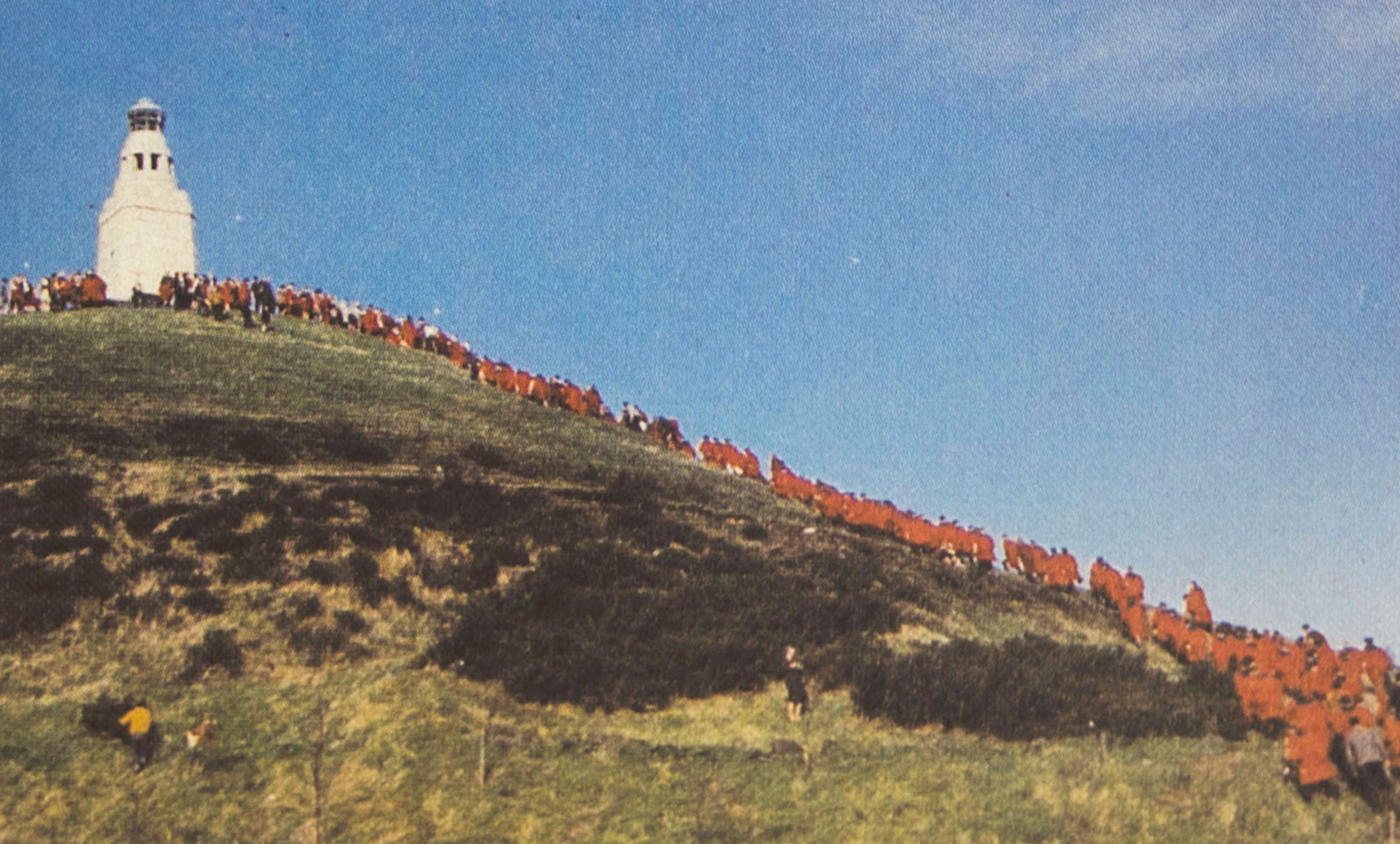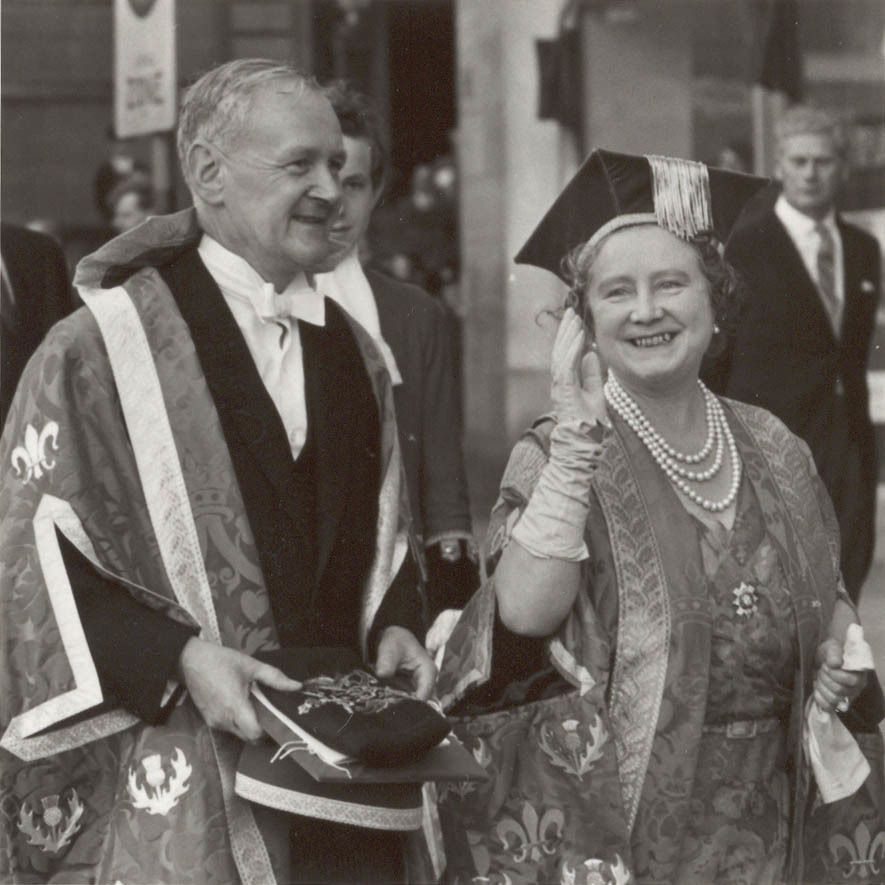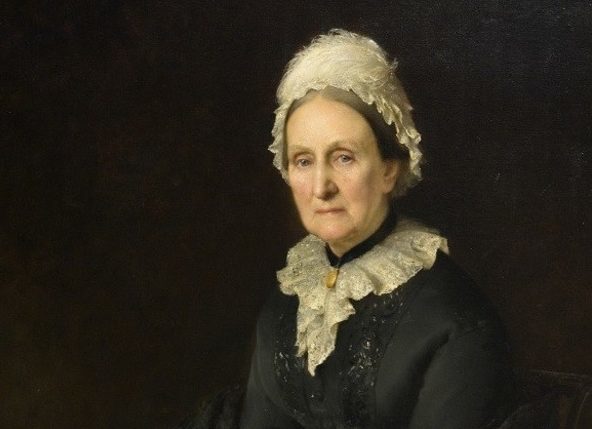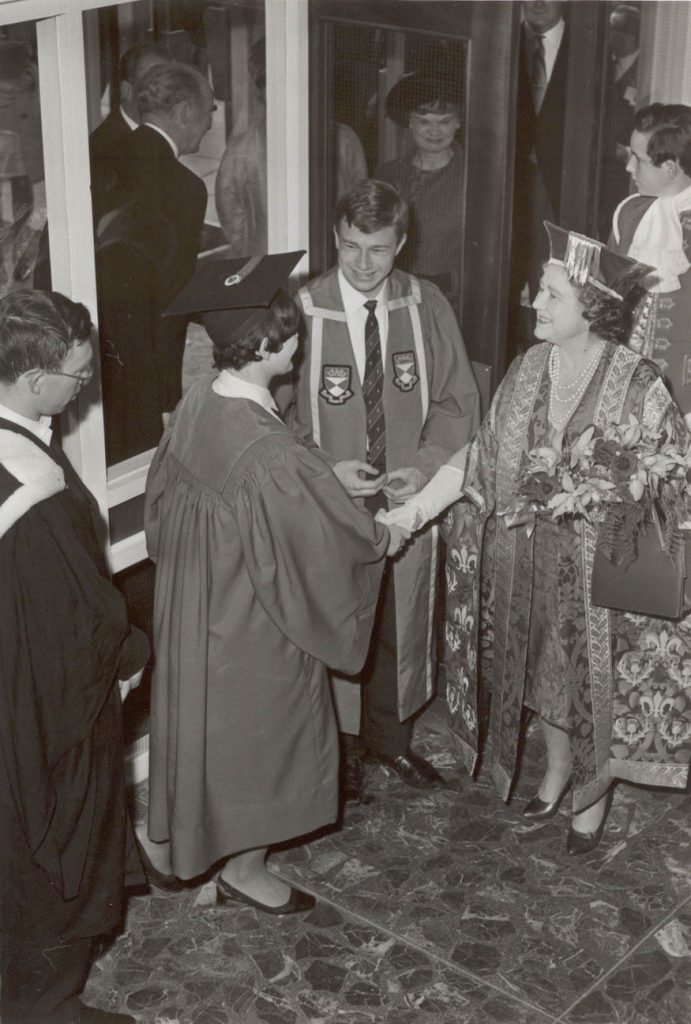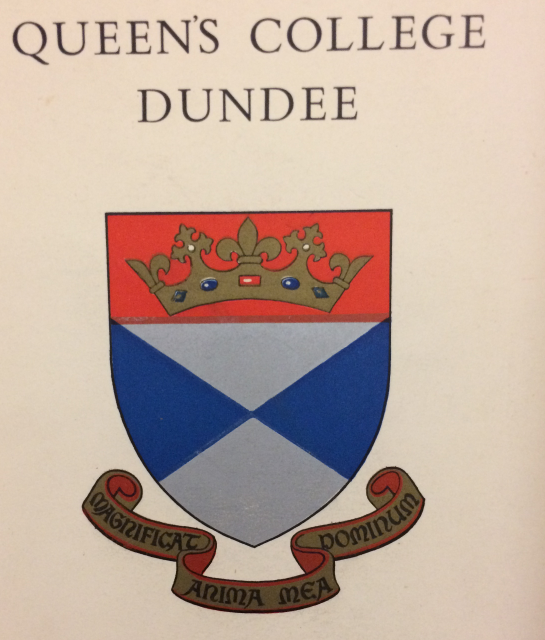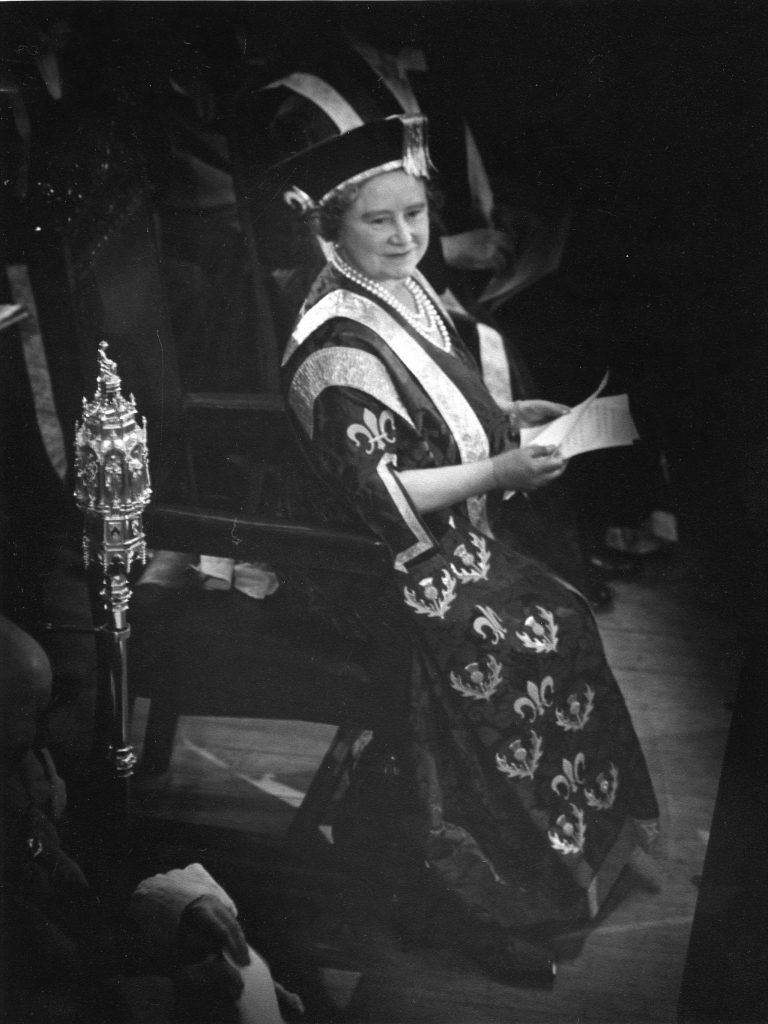It’s August 1, 1967, and an unusual sight greets the people of Dundee as hundreds of students file up the Law dressed in red academic gowns.
At the top they admire the stunning views – an arresting vision in crimson – before heading back down to the newly designated Dundee University.
The red gowns were a tie from the 70-year history with St Andrews University which was now severed, leaving the Dundee University students free to enjoy their own institution.
Legend has it that the students who walked to the top of the Law that day in 1967 took binoculars with them, so they could see their old classmates across the water in St Andrews and wave!
The historic moment has been recalled in the university’s year-long celebrations to commemorate the institution’s 50th anniversary.
“The path to this new chapter in our history was a long one,” says Professor Sir Pete Downes, Principal and Vice-Chancellor of Dundee University.
The history of what would become Dundee University stretches back to 1881 when University College Dundee was founded.
Its creation owed much to the wealth gathered in Dundee through the jute and textile industry.
The prospect of establishing a university in Dundee had been under discussion since the 1860s.
It was made a reality with a donation of £120,000 from Miss Mary Ann Baxter, of the hugely wealthy and influential Baxter family.
Her cousin, John Boyd Baxter, the Procurator Fiscal for Dundee District of Forfarshire, was heavily involved in the discussions and also donated monies.
As the main benefactor and co-founder, Miss Baxter had definite ideas about how she would like the college to run and took an active role in ensuring her wishes were fulfilled.
The deed establishing University College stated that it should promote “the education of persons of both sexes and the study of Science, Literature and the Fine Arts”.
As well as promoting the education of both sexes, Miss Baxter insisted it should not teach Divinity, and was adamant that those associated with the university did not have to reveal their religious leanings.
Her vision of an institution with equality and fairness at its heart has been carried on through the generations.
“Amongst the earlier teachers were people of great eminence including D’Arcy Thompson, the biologist who invented mathematical biology and Sir Patrick Geddes, the botanist and town planner,” added Professor Downes.
“They began a great tradition in Dundee of tacking problems by drawing on knowledge from different disciplines.”
Baxter’s role in establishing University College, Dundee was noted at the time by Dundee’s most notorious poet William Topaz McGonagall who wrote:
Good people of Dundee, your voices raise
And to Miss Baxter give great praise;
Rejoice and sing and dance with glee
Because she has founded a College in Bonnie Dundee
Dundee and St Andrews – a shared past, present and future
University College, Dundee became part of St Andrews University in 1897, under the provisions of the Universities Scotland Act of 1889.
This union served to “give expression to local feeling that there should be a vital connection between the old and the new in academic affairs.”
Initially, the two worked alongside each other in relative harmony. Dundee students were able to graduate in science from St Andrews, despite never having attended any classes in the smaller town.
However, over time relations became strained, particularly over the issue of the Medical School and whether chairs of anatomy and physiology should be established in Dundee, St Andrews or both, setting the stage for the tensions that would place some strain on the relationship between the two institutions in the decades ahead.
By the mid-1900s separation was being proposed.
A 1954 Royal Commission led to University College being given more independence, being renamed Queen’s College, and taking over the Dundee School of Economics.
In 1963, the Committee on Higher Education under the chairmanship of Lord Robbins recommended in its report to Parliament that ‘at least one, and perhaps two, of its proposed new university foundations should be in Scotland’.
The government approved the creation of a university in Dundee, and in 1966, the University Court and the Council of Queen’s College submitted a joint petition to the Privy Council seeking the grant of a Royal Charter to establish Dundee University.
This petition was approved and, in terms of the Charter, Queen’s College became Dundee University on August 1, 1967.
The Queen Mother became the university’s first Chancellor, both raising its profile and displaying a vote of confidence in the newly independent institution.
Fifty years on, and Dundee and St Andrews universities enjoy a warm relationship, very much in the spirit of friendly rivalry.
Both are in the world’s top 200 universities and are among the top ranked in the UK for student experience.
The combined strengths of Dundee and St Andrews have been recognised as an “intellectual gold coast” on Scotland’s east side.
Other highlights in Dundee University’s history include the formal merger of Duncan of Jordanstone College of Art with the university in 1994 and the Tayside College of Nursing and Fife College of Health Studies becoming part of the university from September 1, 1996.
And in December 2001 the university merged with the Dundee campus of Northern College to create the Faculty of Education and Social Work.
